
The role of Cinema Line in the future of cinematography education
Since its establishment as the first comprehensive arts faculty in Japan over 100 years ago, Nihon University College of Art has produced numerous professionals in the field of cinema. The Department of Cinema integrated Sony’s Cinema Line cameras “FX9,” “FX6,” and “FX30” into its cinematography programme. We spoke with Koichi Kaibe, a technical staff member of the Department of Cinema, about the purpose and background of introducing these cameras for cinema production training.

- Enhance the quality and accessibility of cinema production education, ensuring students have hands-on experience with professional-grade equipment despite varying levels of prior camera handling experience.

- Integrate Sony’s Cinema Line cameras, including the ‘FX9,’ ‘FX6,’ and ‘FX30,’ into the Department of Cinema’s curriculum. This approach provides a range of options tailored to different skill levels and promotes ease of use through features like the Cine EI Mode and an electronic variable ND filter.

- Strengthened foundation in cinematography for students
- Increased accessibility to professional equipment for cinematography
- Seamless transition from basic to advanced camera operation
- Positive reception from both students and faculty, facilitating a smooth progression to professional environments
Laying the foundations for cinematography education
The Department of Cinema is divided into four courses: Theory, Scriptwriting and Creative Image, Directing, Cinematography and Sound Recording, and Acting. Each course has its own unique curriculum, aiming to train specialists in their respective fields. Many students join because they love movies, but not many have had the opportunity to handle a camera before. In the Cinematography and Sound Recording course, students can learn the basics of expression, imaging technology, camera mechanisms, and optical technology such as lenses. The course places significant emphasis on “laying the foundation for cinematographers.”

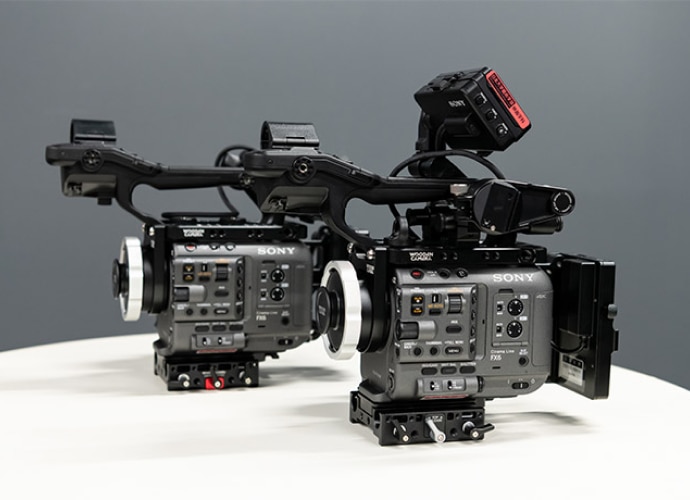
A wide range to choose from based on skill level
The first Cinema Line camera model introduced was the ‘FX9,’ which had just been released by Sony at the time. While satisfied with its high performance, we realised that students with little experience handling cameras needed to start with the basics of camera mechanics and operation. Therefore, we decided to also introduce the ‘FX6,’ which is smaller and easier to handle while maintaining the same operability. Despite its compact size, the ‘FX6’ has solid physical buttons on the side, making it intuitive to operate and very suitable for teaching technical aspects of cinematography. The operational feel of the ‘FX9’ is preserved, so it is easier for students to transition to the ‘FX9’ once they have mastered the ‘FX6.’
Introduction of the 'FX30' to ensure wider accessibility
The ‘FX30’ was introduced for similar reasons as the ‘FX6,’ with the primary aim of making cameras accessible to more students. In cinematography, the ability to change lenses is crucial, and the ‘FX30’ uses the same E-mount system as the higher-end Cinema Line models, allowing for shared use of interchangeable lenses. The ‘FX30’ has a mirrorless design similar to the Alpha series, making it more approachable for students unfamiliar with professional cinema cameras. We plan to increase the number of ‘FX30’ units to provide more students with hands-on experience.
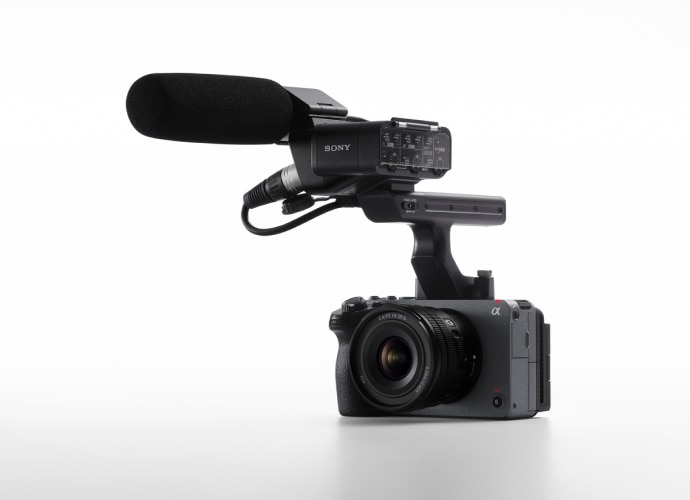
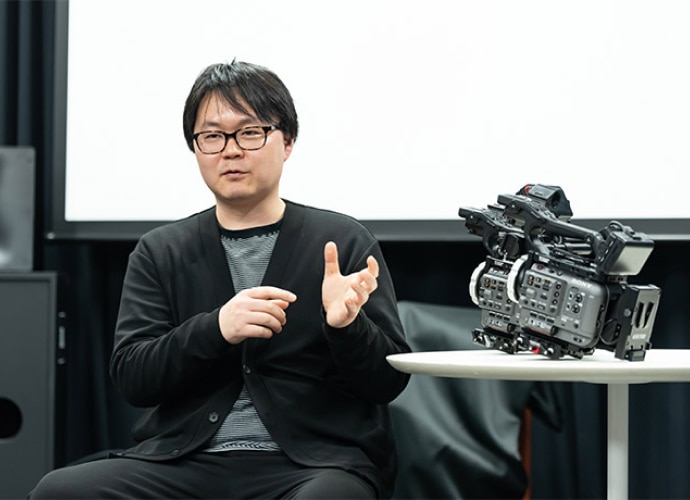
The ‘FX6,’ ‘FX9,’ and ‘FX30’ have different sensor sizes and the ‘FX30’ features a Super 35mm sensor, which does not create such a shallow depth of field as the ‘FX6 and’ ‘FX9. This makes it easier for first-year students, who are still getting used to cameras, to achieve proper focus. However, since full-frame sensors are becoming more prevalent, it is reassuring for students to have access to the ‘FX6’ and ‘FX9’ as well. Our university is currently in a transitional phase regarding equipment, and we will determine our direction for future acquisitions based on how these models perform and meet our needs.
User-friendly settings and features like traditional Film Cameras
The Cinema Line cameras are packed with settings and features that make them easy to operate, similar to traditional film cameras.
Simple camera operation with Cine EI Mode
Given our long history of using film in our classes, the simple operation of Cine EI Mode makes it an excellent teaching tool. As cameras have evolved, the number of functions and settings to learn has increased. However, Cine EI Mode eliminates this complexity, allowing students to focus more on shooting and expression rather than on settings. This feature is highly valued because it helps maintain the tradition and educational philosophy that our university has developed over the years.
Because the footage is neutral, it’s easy to grade
When shooting, you can choose Base ISO from low sensitivity to high sensitivity, allowing you to capture clear footage even in low-light conditions without noticeable noise. Additionally, S-Log3 provides a wide dynamic range, allowing for smooth tonal expression.
I also appreciate how colour behaves very ‘honestly.’ While other manufacturers’ cinema cameras may have distinct tonal colour characteristics, which can be appealing and unique at times, there are situations where you need to counteract those tones. Footage shot with S-Log3/S-Gamut3.Cine is cinematic yet has neutral colours, making it easier to grade. Having a solid base is essential, reminiscent of shooting with old film cameras.
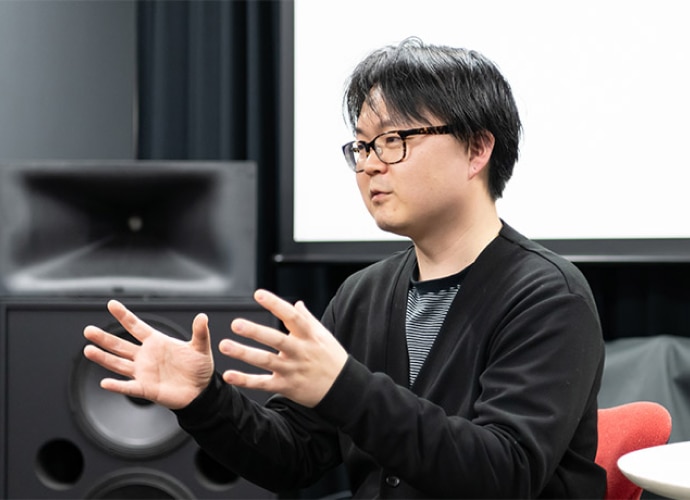
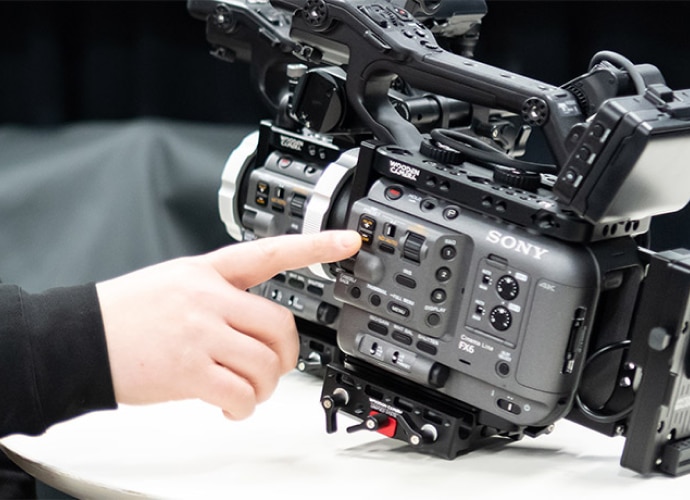
An electronic variable ND filter that enhances focus during shooting
The ‘FX9’ and ‘FX6’ cameras are equipped with an electronic variable ND filter. In filmmaking, lenses may be changed according to the scene, and sometimes ND filters are physically inserted into a matte box to adjust the light. This process requires removing the filters each time the lens is changed, which can be cumbersome. However, with the ‘FX9’ and ‘FX6’, the built-in ND filter eliminates this hassle. The inclusion of such convenient features for Cinematography allows students to focus more on their work, which is greatly beneficial.
The advantages of Cinema Line in fostering student growth
Cinema Line cameras are highly recognised among students, many of whom have seen or used them at their part-time jobs on set, making their introduction at our university very well-received. For students who already own α cameras or compact gimbals, integrating their personal equipment further expands the possibilities for small-scale shoots during practical training. In the past, it was difficult to stabilize footage, but with the miniaturization of handy gimbals, it’s now much easier to capture professional-quality video. These peripherals work well with the newly introduced Cinema Line cameras, allowing even students to rapidly improve the quality of their video projects.
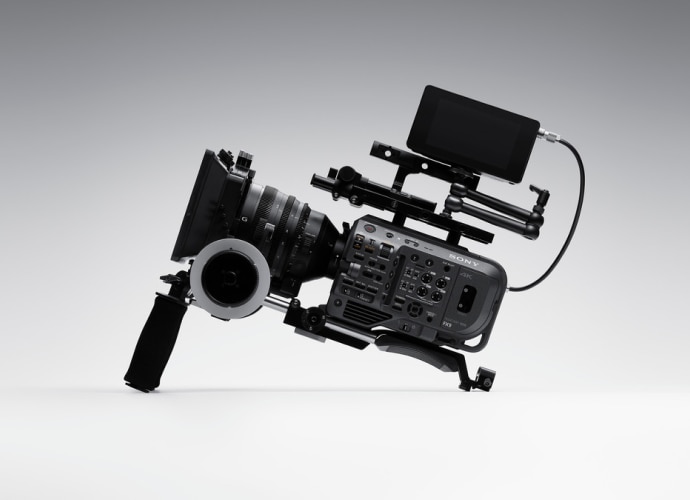
Becoming familiar with Cinema Line is a significant asset for students’ future
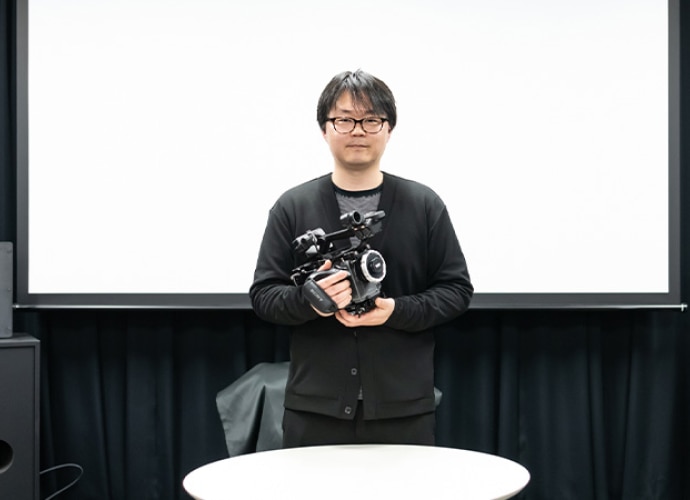
High praise for Cinema Line from students and teachers
For students who are touching a camera for the first time, the Cinema Line offers a user-friendly interface with well-designed physical buttons. Its layout adheres faithfully to the basics, making it easier for students to pick up essential knowledge. Additionally, as students progress, they can connect their learning to high-end models like the ‘VENICE2’ and ‘BURANO,’ which are used in real-world shooting environments. Teachers appreciate the straightforward usability, especially for one-person operations, while maintaining quality standards.
External collaboration projects among Industry, Government, and Academia
Currently, our university is proactively promoting an “Industry-Academia Collaboration Project.” This practical course involves students, faculty from eight disciplines and external partners, creating a space for self-directed creative education that goes beyond the existing curriculum. This year, with a special focus on local communities, students participated in creating captivating video works that highlight the charm of places like Chiba’s Tomisato City and Iwate’s Kamaishi City. Our university encourages students to engage not only within campus but also in the real world from an early stage, fostering their ability to pave their own paths.
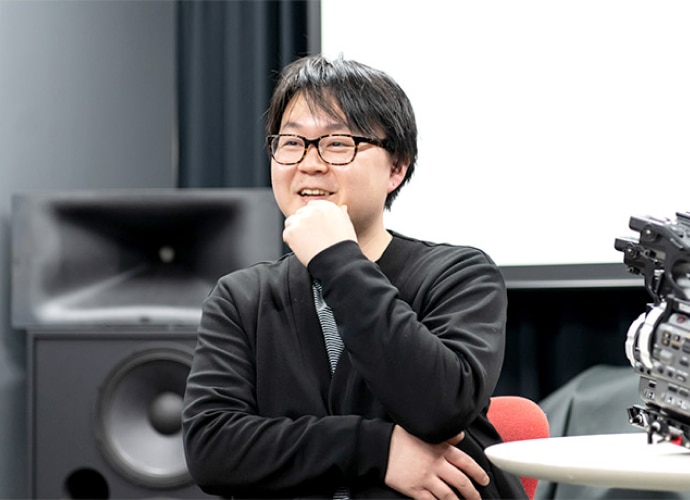
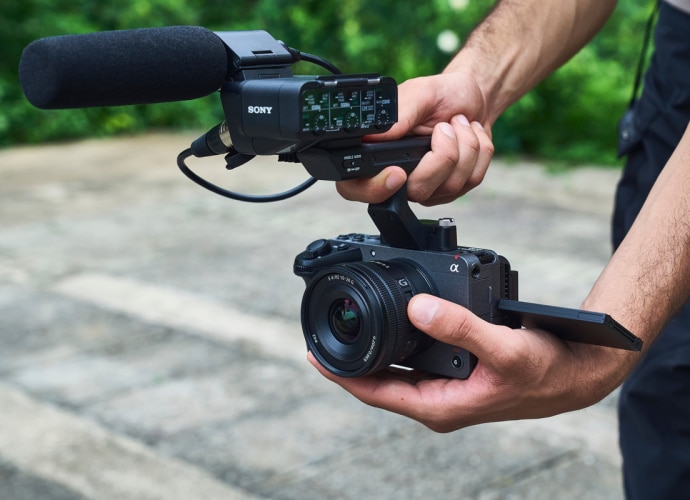
Across the entire cinema industry, advancements have made it easier for small teams to shoot efficiently, reducing production timelines. Camera innovations streamline the process, eliminating the need for prolonged waiting times for directors and allowing cinematographers to be creative and express themselves more readily. Sony’s Cinema Line opens up endless possibilities for cinema production. Therefore, I encourage students to build a strong foundation in university and gain knowledge and experience to apply creatively. The Cinema Line camera is here to nurture our students.


